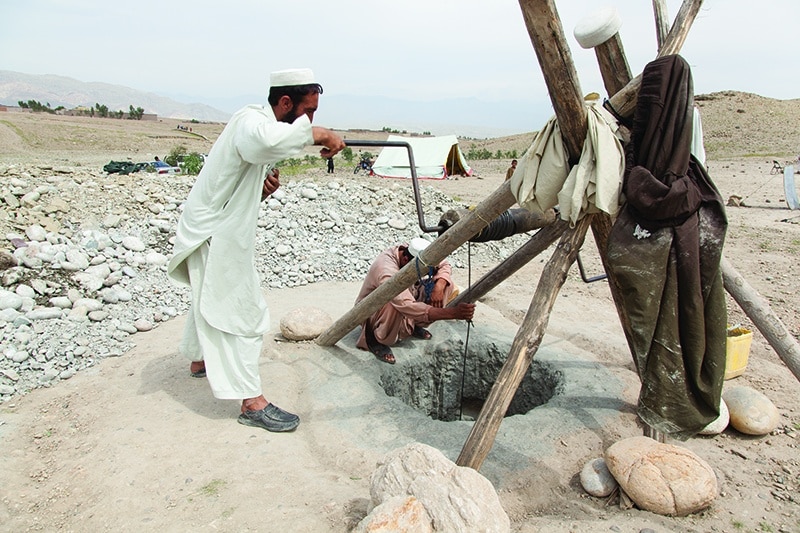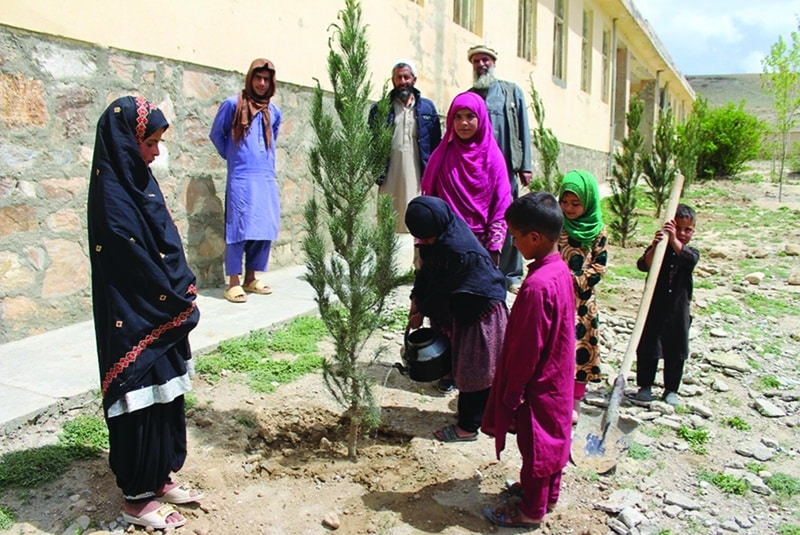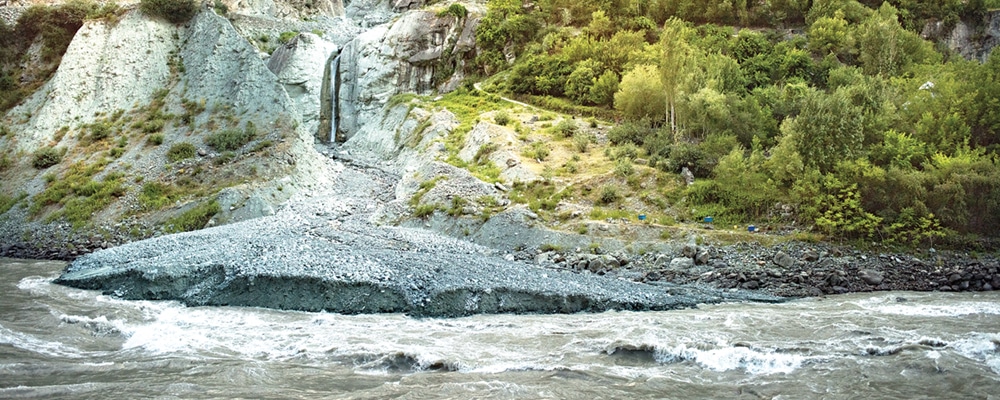By Nicolas Pavoncelli
Over the past year, Central Asia Institute has been working closely with our partners on the ground to understand how the changing climate is impacting the children, families, and communities we serve, and using education to empower them to mobilize and adapt.
The year 2023 is already on track to be one of the hottest years on record. Across the globe, people are feeling the effects of rising temperatures and witnessing more severe, climate-related flooding, droughts, and heatwaves. While these changes impact developed and developing countries alike, it is the world’s poorest and most vulnerable populations, especially women and children, who are the most affected and the least equipped to react.
Over the past year, CAI has been working closely with our partners on the ground to understand how the changing climate is affecting the children, families, and communities we serve, and using education to empower them to mobilize and adapt.
The impact of climate change on the mountains of Central Asia
The Hindu Kush, Karakoram, Pamir, and Himalaya mountain ranges are part of a complex system situated at the center of Asia, traversing the borders of China, India, Pakistan, Afghanistan, and Tajikistan. They comprise the greatest concentration of high mountains in the world, and their glaciers are the water source for more than a billion people. The inhabitants of this region are often largely isolated from the rest of the world, yet they are not immune from the impacts of a changing climate system.
Warmer temperatures, receding glaciers, and increasingly low levels of annual rainfall are affecting their agricultural output and food security. More frequent avalanches and more severe springtime flooding leave people without power, access to roads, and emergency services for months at a time. Unfortunately, the limited capacity of local and national government authorities to prepare for and respond to the effects of climate change, combined with fragile infrastructure and inadequate social safety nets, exacerbates these critical vulnerabilities.
These problems are already playing out in the areas of Pakistan, Afghanistan, and Tajikistan where Central Asia Institute has long worked. In 2022, unprecedented flooding in Pakistan caused 1,700 deaths, impacted 15% of the population, and critically disrupted the lives and education of 2.3 million school-aged children.1 Afghanistan has been experiencing a prolonged and severe drought since 2018. In that year alone, the severe lack of rainfall displaced a quarter of a million people. And last year, a massive avalanche in Khorog, the capital of Tajikistan’s Gorno-Badakhshan region where CAI works, left 17 people dead.
The remote and impoverished communities of Central Asia contribute little to global warming, but they suffer more because they lack the resources and government services needed to cope. Most are without air conditioning when temperatures soar during the summer months and without proper heating and insulation during the harsh winters, when temperatures can plummet to -20°F. They often lack access to safe drinking water, and drought conditions undermine their food supply and main source of income.

Photo by Sa’adia Khan
How climate change reinforces gender inequity
Even within vulnerable communities, the harm caused by severe weather and climate-related disasters is not felt equally. Evidence shows that women and girls are disproportionately affected. According to research conducted by the UN Development Programme, four out of five people displaced by weather-related disasters like floods and droughts are women, mainly young girls.2 In places like Afghanistan, poor families struggling to cope in the wake of disasters are more likely to marry off their daughters—sometimes as young as 13—to reduce the financial burden on their already impoverished households. In addition, household chores that primarily fall to women and girls, such as fetching water, are becoming more challenging and time-consuming during episodes of drought, preventing young girls from attending school or completing their homework. The Malala Fund estimates that due to these and other factors, 12.5 million girls will be denied access to education by 2025.3
The need for education amidst the climate crisis
For Central Asia Institute, an organization dedicated to advancing female education, combatting climate change could not be more vital to our mission. As CAI Executive Director Alice Thomas explained, “While women and girls are being disproportionately impacted by climate change, they are also key to ensuring that their families and communities can effectively prepare for and adapt to its effects. For CAI and our partners, empowering them with relevant knowledge and information is critical.”
In 2023, CAI began collaborating with our local partners to explore potential projects and activities to help integrate climate education into our programs. We received overwhelming support from our partners, as well as teachers and schools across the communities we serve. And while these projects are just getting off the ground, the results so far are inspiring.
In Afghanistan, for example, environmental education is being incorporated into teacher and community leader (shura) training. One of CAI’s partners, Shining Star Education Organization of Afghanistan, has created a climate change booklet for teachers and students. And tree planting, a proven strategy for reducing flooding, landslides, and soil erosion, has proven a fun and effective way to engage the entire community and empower them to play a role in addressing the adverse effects of climate change.

Students watering a recently planted tree, Khaki Jabar, Afghanistan.
In Pakistan, CAI’s partner hosted an Environment Day, which kicked off with a quiz of students’ climate knowledge, followed by a lecture to educate students on the importance of environmental awareness. Our Pakistan partner is also collaborating with other nonprofits, notably WWF-Pakistan,4 to spread climate change awareness, conduct environmental education with teachers and students, and discuss sustainable livelihoods.
These inspiring programs, along with our deepened understanding of how climate-related impacts are affecting the areas we serve, have strengthened our resolve to incorporate climate change into our mission of transforming lives and communities through education. We look forward to keeping you updated on these innovative programs. With our partners and your support, we hope to not only make a difference in the lives of those who are most vulnerable, but also to empower them to protect their local environment and way
of life.
1UN OCHA Pakistan, https://www.unocha.org/pakistan
2UNDP (2016) Policy brief: Gender and Climate Change.
3A Greener Fairer Future, The Malala Fund
4 ® “WWF” is a WWF Registered Trademark

